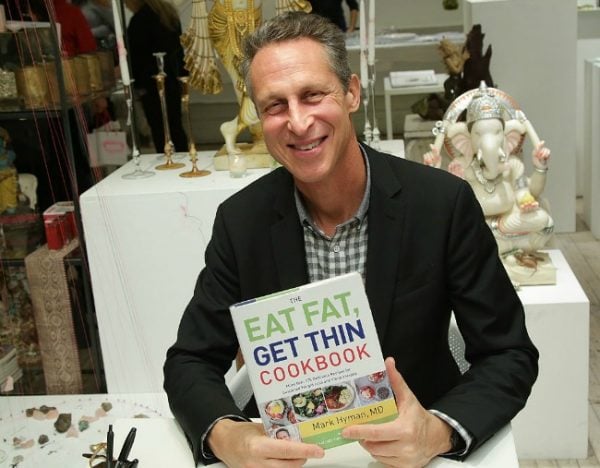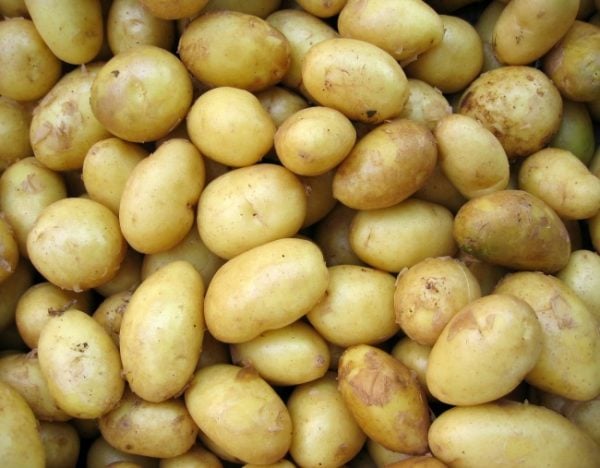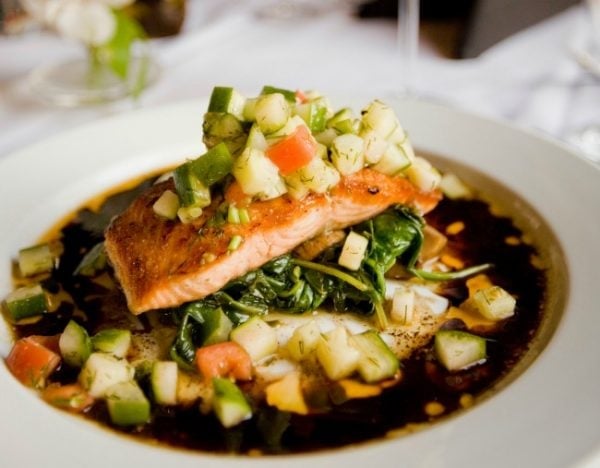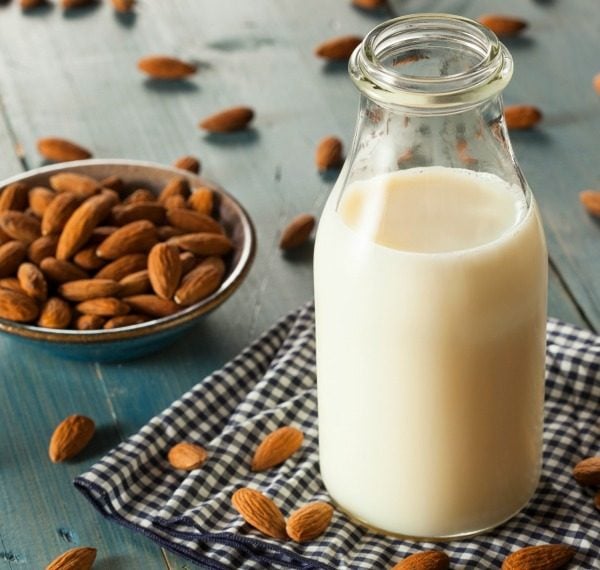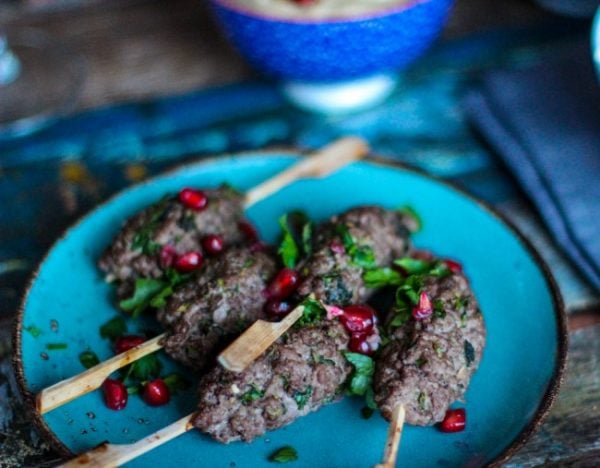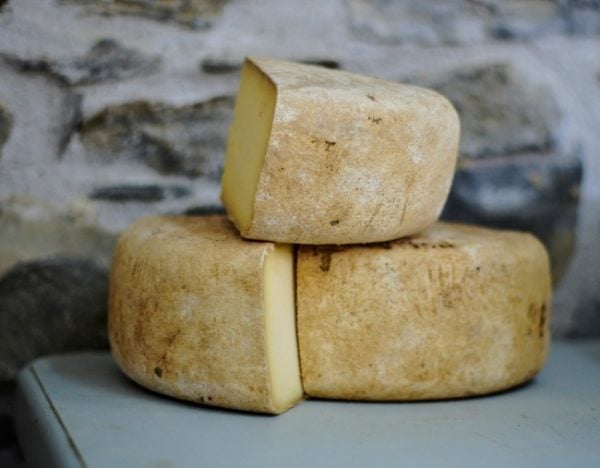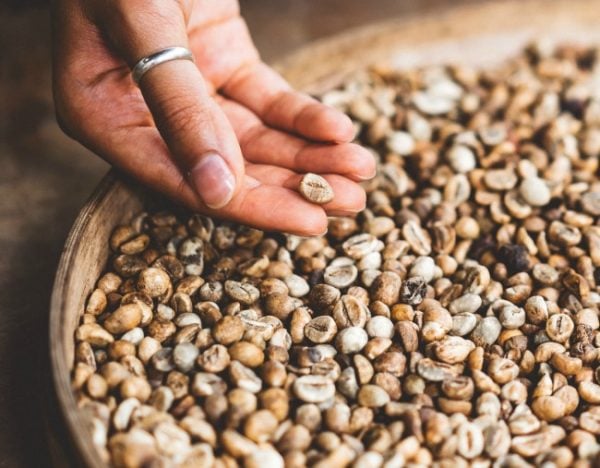The Pegan diet: essentially it’s what you get when you crossbreed Paleo with a Vegan diet.
This new buzz-diet is taking the wellness space by storm and could potentially be the next big thing. Paleo was thriving five years ago, but it’s slowly on the decline. On the other hand, the vegan lifestyle is booming, and Australia is the third fastest growing vegan market in the world.
But if Paleo prides itself on a diet of heavy meat consumption and veganism is far from it, does combining these opposites make us better off, or worse?
What is the Pegan diet?
The Pegan diet is relatively new, founded by Dr Mark Hyman in 2015. Dr Hyman preaches that “food [is] more powerful than any drug to reverse disease.”
Dr Hyman explains that by taking the ‘hunter-gatherer’ style of eating from the Paleo diet, avoiding processed foods and adding in plenty of the plant-based options the vegan diet is well-known for, you get the ultimate health hybrid.
